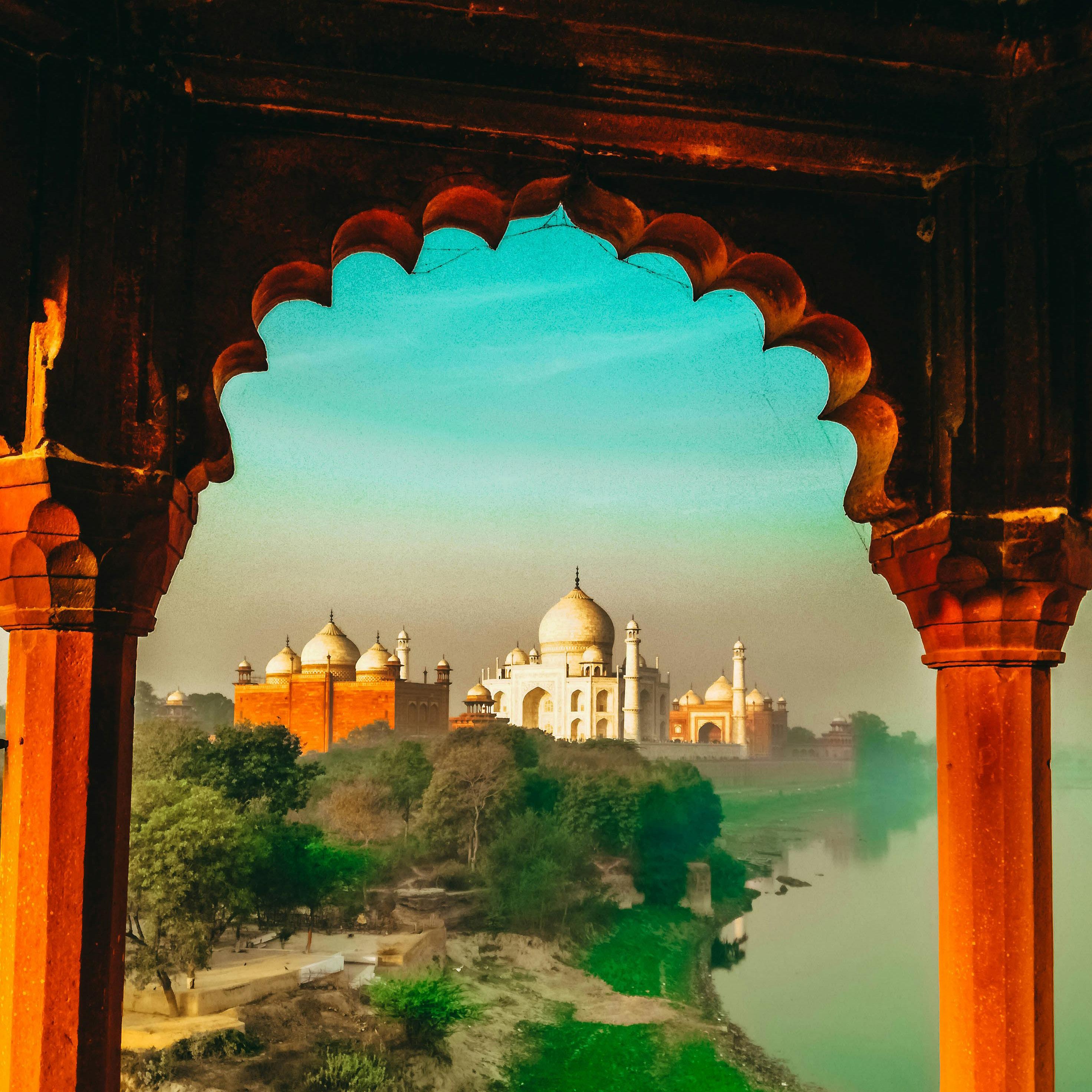

WELCOME TO INDIA
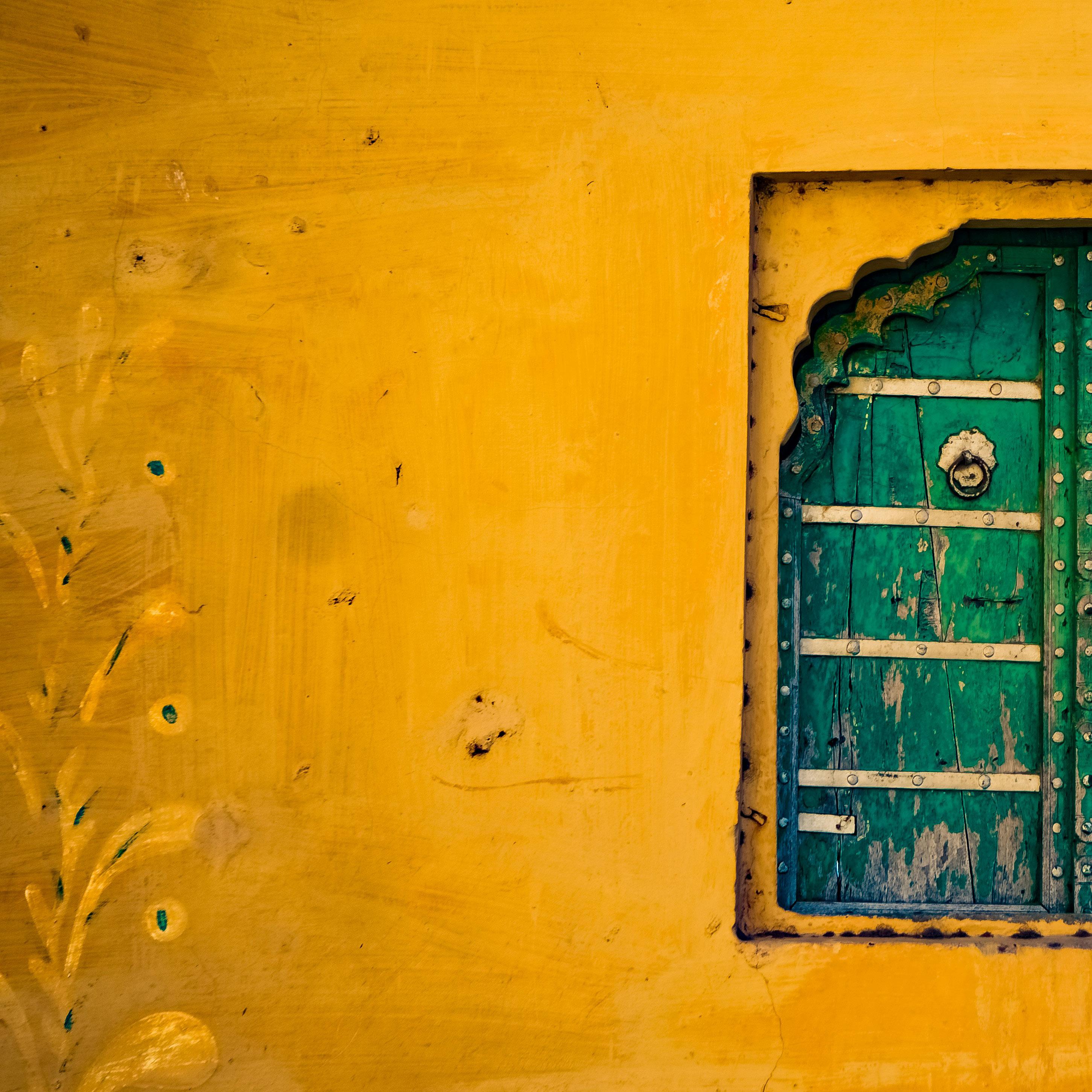
TABLE OF CONTENTS
India: Color, Culture, Tradition
Introduction Masala Dosa
A Taste of India
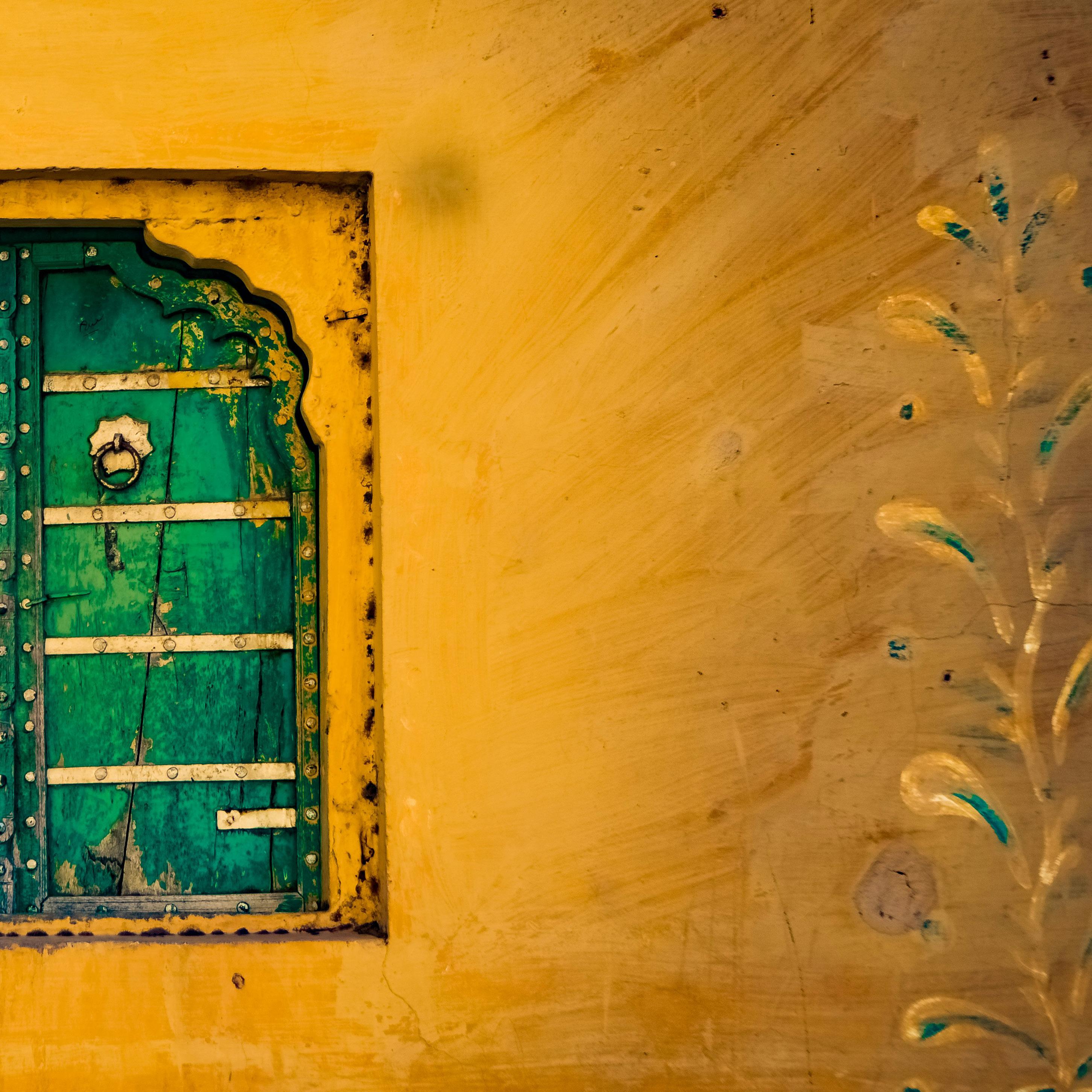
Lehenga
Clothing of Tradition
04 06 08
Choli Holi
The Festival of Colors
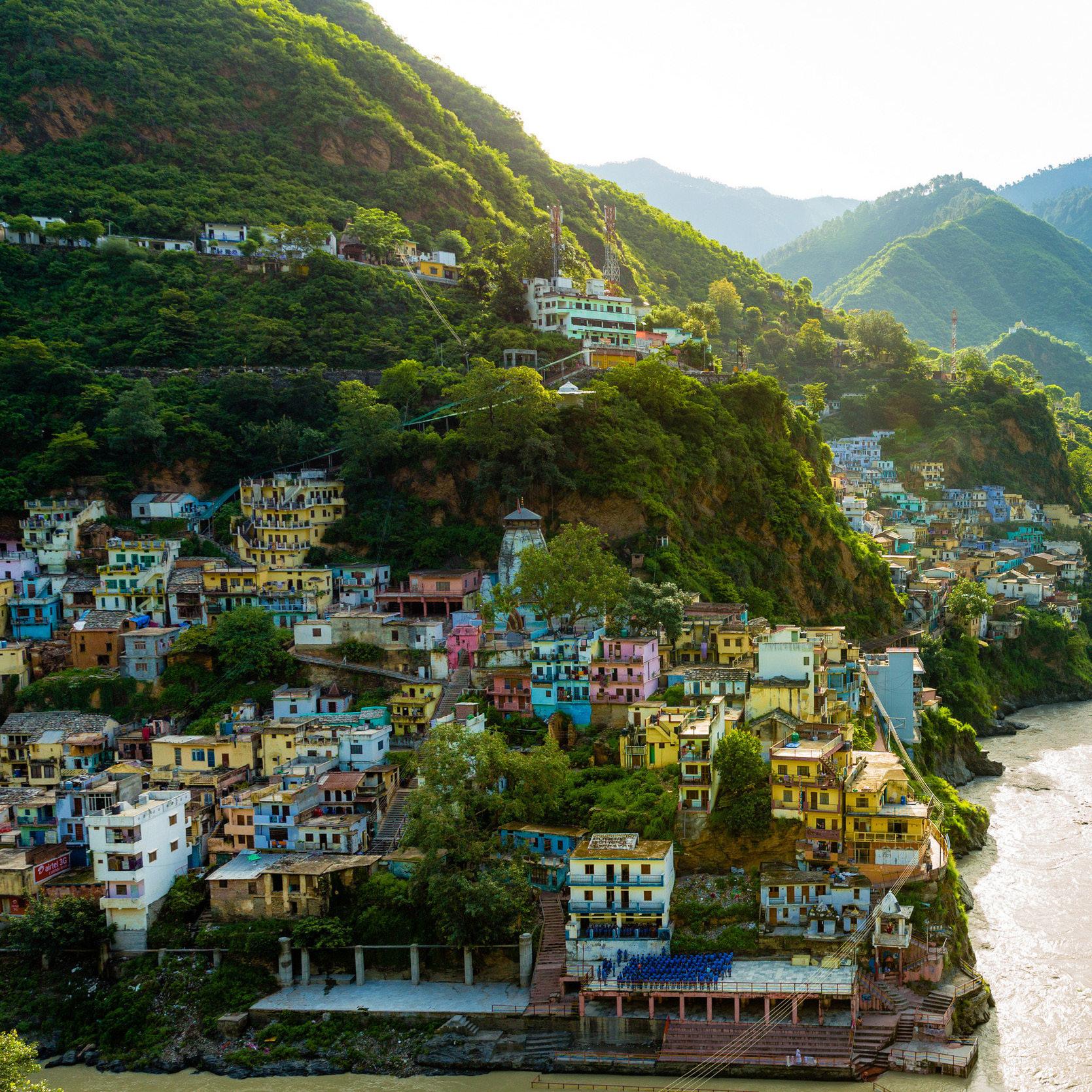
INTRODUCTION
India: Color, Culture, Tradition
Located in South Asia, India is a country filled to the brim with culture and life. From the clothing they wear to the food that they eat, and even the traditional holidays and celebrations, there is so much color and beauty. India is one of the most populated countries, the main languages being Hindi and English.
The country is still one of the most ethnically diverse places in the world. With many historic landmarks, beautiful scenery, and diversity, India is a very popular travel destination. India is full of beauty and culture just waiting to be seen and experienced. The ornamentation gives India a sense of elegance and decadence, while the food offers a bit of spice. There is so much to learn and explore within the country, traditions, and culture.
This book will show some aspects of the culture within India. Traditional clothing, food, and cultural events will be shown and discussed to get an accurate representation of daily life. Step inside and explore the beauty within the traditions of India. After all, you never know where your travels may take you.
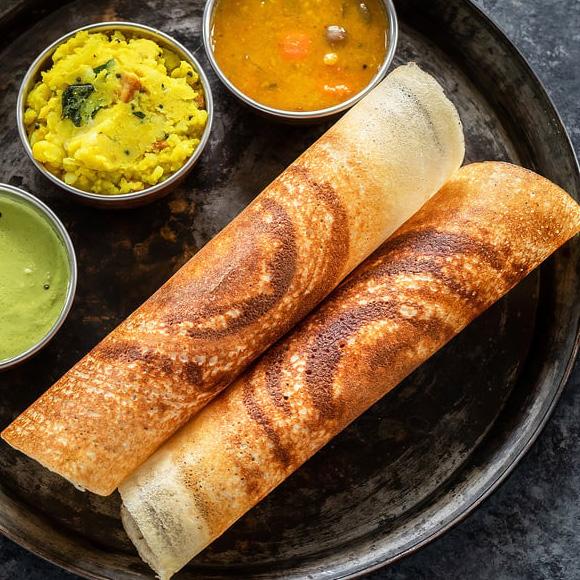
MASALA DOSA
A Taste of India
Cook Time: 1 hour
Batter Ingredients Making the Filling
2 cups short grain rice
1⁄2 cup urad dal
1 tsp. fenugreek seeds
1⁄2 tsp. salt
Vegetable oil, for frying
Filling Ingredients
3 tbsp. ghee or vegetable oil
1 tsp. mustard seeds
1⁄2 tsp. cumin seeds
2 small dried hot red peppers
1 medium onion, diced
1⁄2 tsp. salt
1⁄2 tsp. turmeric
pinch of asafetida
1 tbsp. grated ginger
6-8 curry leaves
4 garlic cloves, minced
2 small green chiles
1 1⁄2 lbs. potatoes
1⁄2 cup chopped cilantro
Making the Dosas
Fermenting Time: 12-14 hours
Servings: 8-10 dosas
Put ghee in a skillet over medium heat. When oil is wavy, add mustard and cumin seeds. Wait for seeds to pop, then add red peppers and onion. Cook, stirring until onions soften. Add salt, turmeric, asafetida, ginger, curry leaves, garlic and green chile. Stir to coat and let sizzle for 1 minute.
Making the Batter
Put rice in a bowl, rinse well and cover with 4 cups cold water. Put urad dal and fenugreek seeds in a small bowl, rinse well and add cold water to cover. Leave both to soak for 4 to 6 hours.
Drain rice and dal-fenugreek mixtures. Put rice in a food processor, blender or wetdry grinder. Add 1 cup cold water and grind to a smooth paste. Repeat the process with the dal- fenugreek mixture.
Combine the two pastes in a medium mixing bowl. Whisk together, adding enough water to obtain a medium-thick batter. You should have 6 cups. Cover bowl with a kitchen towel and set in a warm place. Let ferment for about 8 hours. Stir in the salt. Use the batter straight away or refrigerate for later use.
Add potatoes and 1⁄2 cup water. Cook, stirring well to combine, until liquid as evaporated. Mash potatoes with the back of a wooden spoon. Season well with salt, add cilantro, then set aside at room temperature.
To make dosas, set a griddle or cast-iron skillet over medium heat. Brush with 1 teaspoon vegetable oil. Ladle 1⁄4 cup batter in the center of griddle. Using bottom of ladle, quickly spread batter outward in a circular motion to a diameter of about 7 inches. Drizzle 1⁄2 teaspoon oil over the top. Leave dosa batter to brown gradually until outer edges begin to look dry, cooking on one side only. With a spatula, carefully loosen dosa from griddle. Bottom should be crisp and browned. Spoon 1⁄2 cup potato filling onto top of dosa, centering it as a strip in the middle of the round dosa. Flatten the potato mixture slightly. Using the spatula, fold the sides of the dosa around the filling to make a cylindrical shape. Serve immediately.
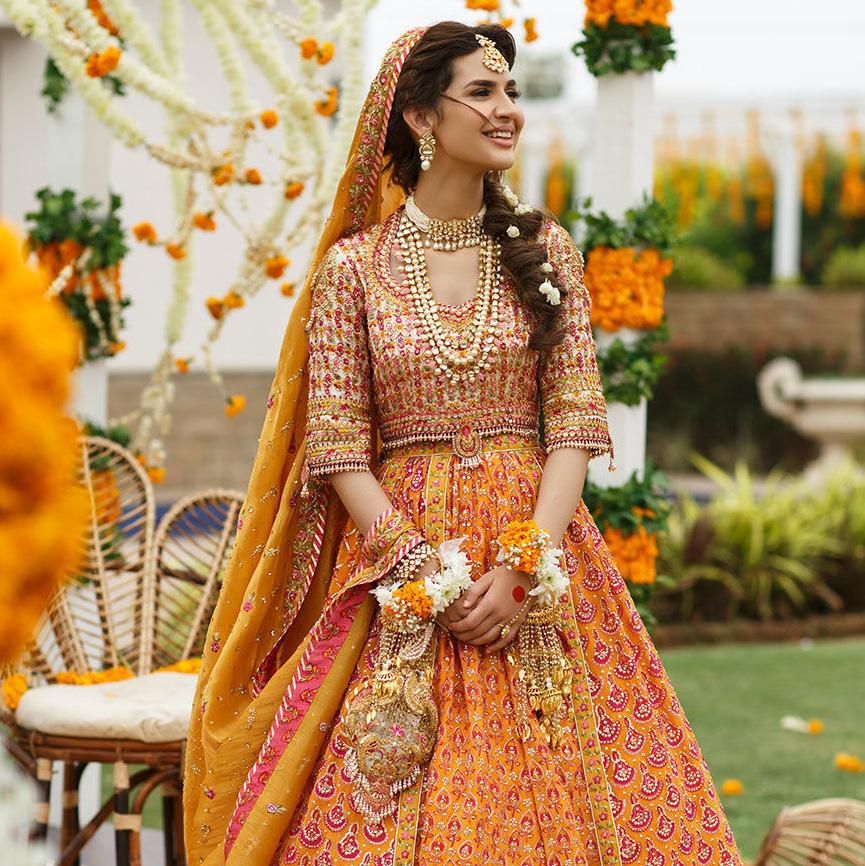
LEHENGA CHOLI
Clothing of Tradition
The History
Slowly, the Lehenga became a royal attire during the Mughal era. This royal attire is now a statement of fashion, rather than a standard dress for most Indians. The higher class women wore lehenga-Choli that were made from royal fabrics. In contrast, the lower classes wore materials like Cotton or Khadi.
Lehenga Choli has got a contemporary touch right from the way of tailoring to its embroidery styles. Using urban motifs and techniques, the Lehenga Cholis available today are surely minimalistic and aesthetic still with hints of cultural tradition hidden within them. So we can say that Lehenga Choli has evolved according to the appeals of different generations, Right from the traditional ones to new fusion modern Lehenga Cholis.
The Attire
Lehenga Choli, is a three-piece Indian attire. Quite famous amongst the new generation in India, this outfit is worn mostly on special occasions like weddings and festivals. It comprises of :
Lehenga – a long Indian skirt
Choli – a fitting blouse with embroidery or embellishments
Dupatta – a long piece of cloth worn along with Lehenga and choli that adds extra grace and elegance to this outfit.
The Popularity
We have seen these beautiful outfits in many Karan Johar (Bollywood) movies specially during extravagant wedding scenes. The vibrant colors and meticulous work on these Lehengas are mesmerizing indeed.
Lehenga Choli became famous amongst Indians after Mughals took over India during the 10th century. The Lehenga has evolved ever since, be it the stitching style, the embroidery, the fabrics like silk and brocade.
“The vibrant colors and meticulous work on these Lehengas are mesmerizing...”
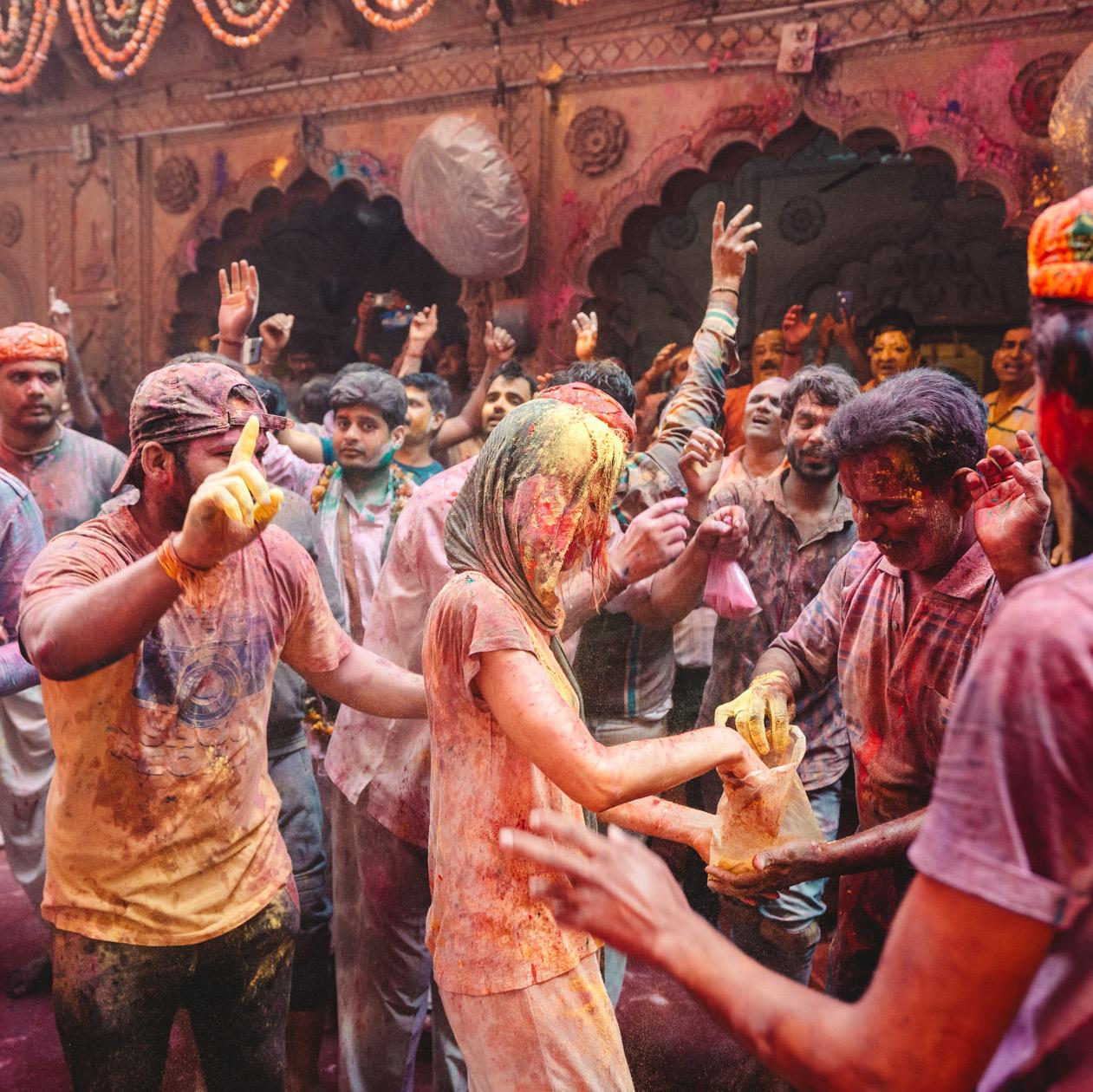
HOLI
The Festival of Colors
Holi Festival
Holi is considered as one of the most revered and celebrated festivals of India and it is celebrated in almost every part of the country. It is also sometimes called the “festival of love” as on this day people get to unite together forgetting all resentments and all types of bad feelings towards each other.
The great Indian festival lasts for a day and a night, which starts in the evening of Purnima or the Full Moon Day in the month of Falgun. It is celebrated with the name Holika Dahan or Choti Holi on the first evening of the festival and the following day is called Holi. In different parts of the country it is known with different names.
Celebrating
Holi Significance of Colors
The vibrancy of colors is something that brings in a lot of positivity in our lives and Holi being the festival of colors is actually a day worth rejoicing. Holi is a famous Hindu festival that is celebrated in every part of India with utmost joy and enthusiasm. The ritual starts by lighting up the bonfire one day before the day of Holi and this process symbolizes the triumph of good over the bad. On the day of Holi people play with colors with their friends and families and in the evening they show love and respect to their close ones with Abeer.
Red - Purity
Green - Vitality
Blue - Calm and sedateness
Yellow - Pious feeling
India is a country filled to the brim with vibrant culture and life. With many historic landmarks and scenery, India is a very popular travel destination. There is so much to learn and explore within the county, culture, and traditions. So, step inside and explore the beauty within India.
